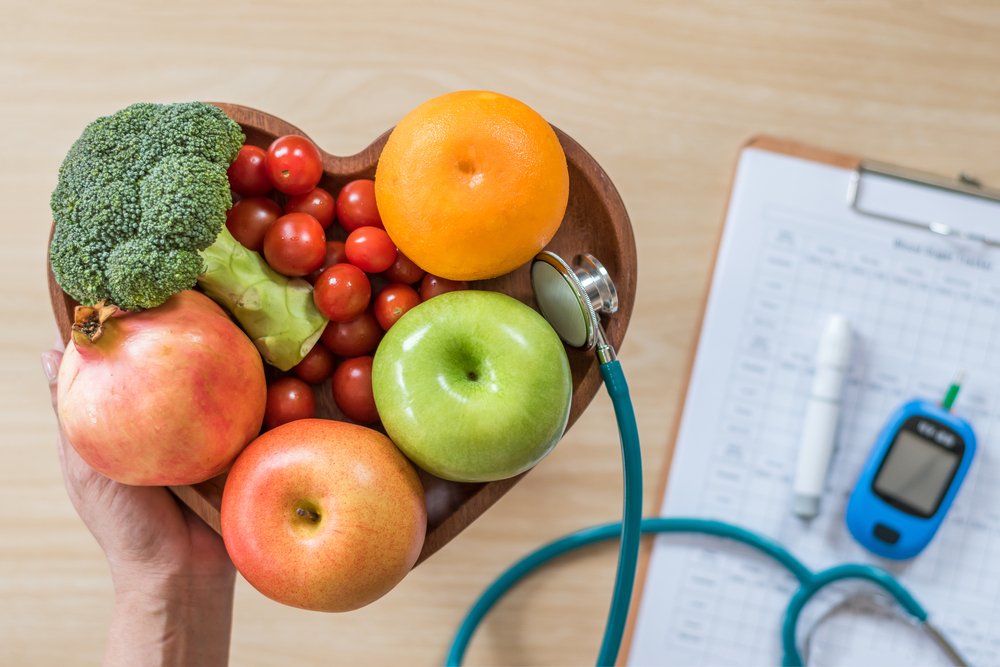Over 28 million Americans suffer from Type 2 diabetes, a figure that has alarmingly doubled in the past two decades.¹ In fact, Type 2 diabetes—also referred to as adult onset diabetes—is so serious that a study in 2010 found it to be the number seven cause of death in the United States.² Nonetheless, those suffering from Type 2 diabetes should not panic: there are now effective treatment options and much-improved medical tools that can help you manage the condition and live a healthy and full life.

Understanding Type 2 Diabetes
The simplest way to explain diabetes is that your body cannot digest and handle sugar, which can impact blood sugar levels and lead to serious health complications. While the body’s pancreas tries its best to produce insulin to regulate and help process sugar, it cannot keep up indefinitely and diabetics must take insulin and keep close track of their blood sugar level to make sure their health remains stable.
Who’s Most at Risk of Type 2 Diabetes?
The short answer is individuals who are overweight, out-of-shape or elderly. That said, the disease can also affect young and fit people. In addition, Type 2 diabetes more commonly impacts certain ethnic groups over others including African Americans, Latinos and Pacific Islanders.
Signs of Diabetes
There are various symptoms of diabetes, some of which are also common in other conditions and diseases. One significant symptom which can indicate diabetes is being overly thirsty even when you drink a lot of water. Additional symptoms include being tired more than usual, having blurry vision for no apparent reason and gaining or losing major amounts of weight despite eating a standard amount of food consistent with your past eating habits. Although these symptoms are not always diabetes, if you are having them it is best to contact a doctor and find out what is going on.
The Next Step After Diagnosis
Being diagnosed with Type 2 diabetes is disappointing and worrying but it is not the end of the world. With the right care and knowledge, the symptoms can be kept under control. Maintaining the right daily medical routine, diet and lifestyle will go a long way to making sure that your diagnosis is only one speed bump on the road of life and not the exit ramp. Although there is no end cure for Type 2 diabetes there are ways to improve the condition and some have reversed almost all the symptoms through a very healthy exercise regime and diet.
Treating Type 2 Diabetes
The first important thing to do for treating diabetes is to get set up with the right medication. Medication that will help keep blood sugar regulated and stable is a vital part of the road to stability and good health. It’s important to consult doctor to find the right solution for you.
You will also want a monitor to check your blood sugar regularly each day and make sure it is stable. A small prick on your finger is a bit uncomfortable but you’ll quickly become used to it and find it is no big deal and more than worth it for the peace of mind.
Diet Details and Exercise
As mentioned, it is also very important to get lots of exercise and eat correctly. Generally it’s good to avoid very high glycemic index foods, high cholesterol foods, too many animal products, and added sugars.³ Instead, non-starchy vegetables, plant-based foods3, and lower glycemic index carbohydrates⁴ such as oats⁵ can help to manage symptoms.
In terms of exercise it’s good to aim to get at least 30 minutes per day, even if it’s just a brisk walk, a bike ride or some light weight training. All of this can help and make sure your Type 2 Diabetes does not get in the way of daily life.
It’s also a good idea to stay informed of the latest diabetes treatments. A very large amount of financial resources go into diabetes research, and it’s not uncommon for both new medications and other treatment options to surface. Treating symptoms can become easier and more effective – but you’ve got to keep educated to stay on top of it.
Finally and most importantly, before making any major diet, treatment or lifestyle changes you should always consult a medical professional to be safe. Everyone is different – and your doctor knows you best.
[1] https://www.cdc.gov/diabetes/basics/type2.html
[2] https://www.ncbi.nlm.nih.gov/pmc/articles/PMC5266275/
[3] https://www.healthline.com/health/type-2-diabetes/best-meal-plans
[4] https://www.healthline.com/nutrition/low-carb-diet-for-diabetes
[5] https://www.healthline.com/health/diabetes/oatmeal


